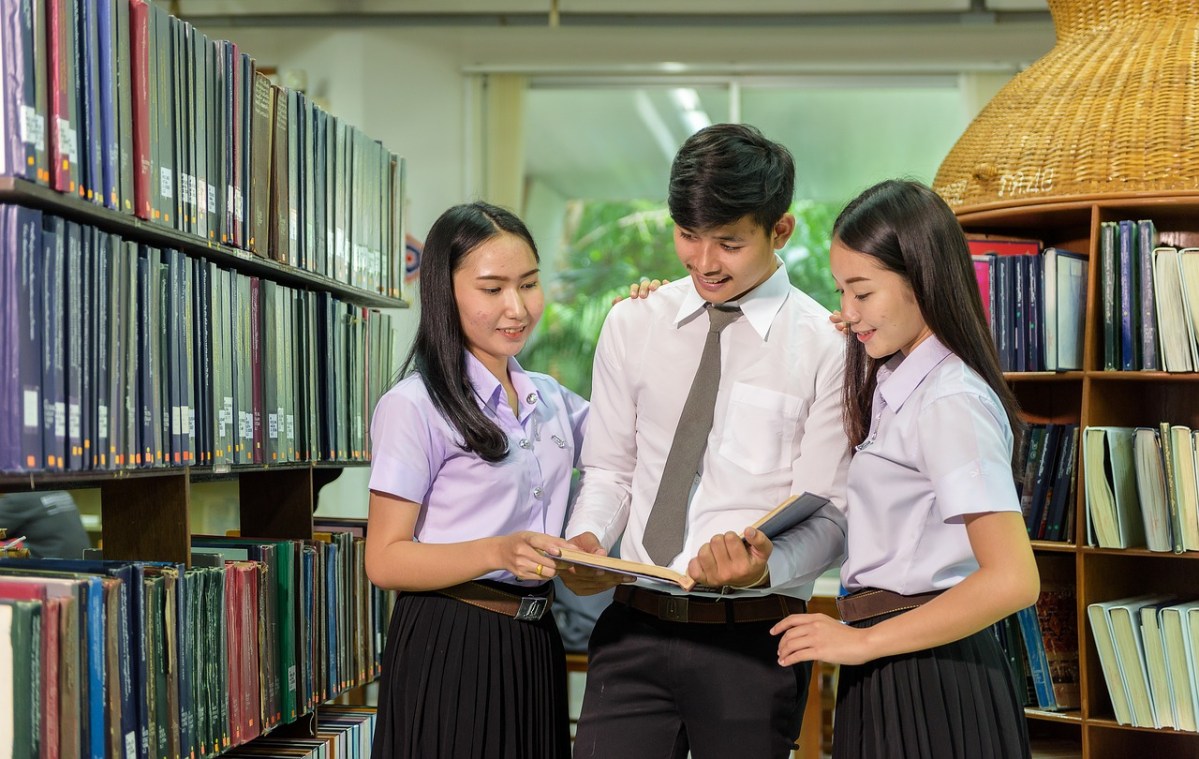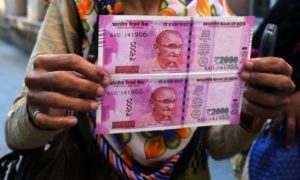By Dilli Bhatta
New Delhi: According to a recent news report, over 14,600 student visas (F1 type) were issued between January and May 14 in 2022, across the five US consulates in India. A record intake of Indian students is also expected in the near future and this alone should tell us, the abiding allure that the US continues to hold for academic aspirants. The United States offers diverse academic streams in some of the world’s best universities and offers opportunities to become an economically empowered and accomplished global citizen.
Such dreams however remain distant and elusive till your visa is stamped. So let us begin deconstructing the process to make it simpler for anyone hoping to study in the US.
There are three types of student visas to the US and I will try and summarize what each one represents.
1. F1 Student Visa You need an F1 visa if you are applying to a course that requires more than 18 hours of study in a week. This includes undergraduate programs as well as graduate programs like MS, MBA, etc. Spouses or children accompanying F-1 visa recipients can travel on an F-2 visa but spouses won’t be able to work. They may apply for their own visa to be able to work and study. 2. J1 Exchange Visitor Visa Students, visiting scholars or lecturers pursuing an exchange program will need a J-1 Exchange Visitor Visa. Fulbright scholars and even students on short-term study abroad programs from Indian universities come under the category. A J1 visa is also required by a working professional who goes to America on an exchange program, has been offered a research fellowship or wants to pursue vocational training.
3. M-1 Vocational/ Non-Academic Student Visa The M1 visa is reserved for vocational and technical schools even though the process for applying is similar to the F1 visa. The crucial point of difference is that M1 visas are time-stamped and students cannot overstay their visit.
Take one step at a time
The first step is of course to fill up a visa application form upon receiving an I-120 from a SEVP-approved U.S. university. And what exactly is I-120? It is the Certificate of Eligibility for Nonimmigrant Student Status. Once you are accepted into a Student and Exchange Visitor Program (SEVP)-certified school, you will receive a form (depending on your F or M student visa status) from your designated school official (DSO).
Important things to remember
Your check list should include completing your visa form accurately. Answer all the questions, provide precise information and prepare a binder with all your documentation and certificates to bring to your visa interview.
At the interview, be polite but confident and be very well-prepared with details so that you can answer any question about your study course, scholarship, finances, sponsorship, SAT, GRE, TOEFL scores, university or school rank, and living arrangements, plans to return to India etc.
The interviewer will be interested in knowing whether you can pay your fee and afford your expenses in the US so answer such queries satisfactorily without feeling defensive.
I repeat, be precise because officers have limited time to spend with each applicant. Very often, a visa interview does not go as planned because applicants are not well-prepared, do carry original documents to the interview, cannot convincingly answer the questions that the officer asks about their grades, school and course of study. Or they come across as overconfident or evasive and unclear about their educational purpose in the U.S.
What if you do not get a student visa?
Students who have obtained I-120 and are eligible for the F-1 visa interview many not always get a visa. If your visa is denied, do not be disheartened. Re-apply after consulting with your university. You may obtain a letter from the university addressed to the consulate. Or, you can reapply for the next session with the same or a different university with a new I-20. However, if you have received a scholarship (preferably full or covering most of your tuition fee), your chances of getting a visa are pretty high. The same holds true if you have been admitted to a reputed university or if you are a consistent academic achiever. Your TOEFL, SAT, GRE scores also play a role in you getting a visa.
Basic facts you should know
For US Student Visa age limit is between 14 to 79 years. Applicants below or above are taken as special cases. Anyone who is accepted into a university is eligible for an F-1 visa. However, if there is a huge gap between your last degree and the future degree, you will be questioned about it. If you can account for the gap by sharing your employment record and convincingly explain the need for a future degree, you will do just fine.





































